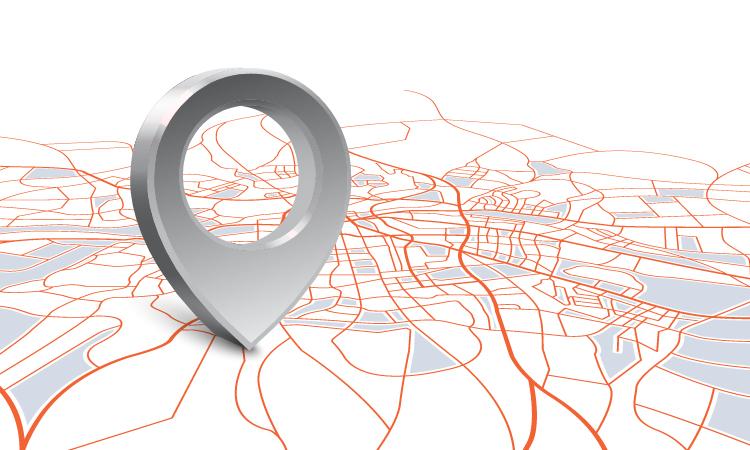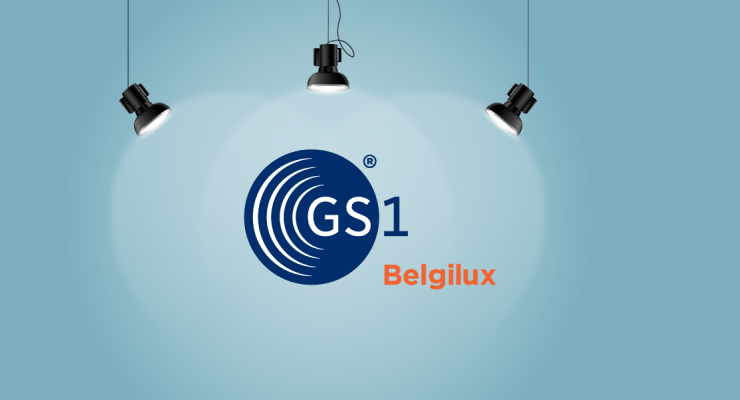
Trusted locations in Belgium, Luxembourg and beyond
In Belgium and Luxembourg we are already switching up a gear in the exchange of electronic messages. Mandatory, structured invoices to public organisations are already being started up in phases in both countries. At the moment, e-invoicing to the government is still partly non-binding, but soon (1/1/2024?) the next step will be taken here: mandatory structured invoice exchange between all companies in these countries. An often underestimated problem in this data exchange is the naming of the involved parties. In addition to existing national databases, often based on national identifiers (e.g. the CBE register in Belgium with the company number), GS1 is developing a worldwide central database for consulting location information via the local GS1 organisations. Where are we with this?
This acquired knowledge can easily be applied to uniquely identifying parties and location data. The owners of the prefixes themselves manage the information that is published for each unique Global Location Number (GLN). Think of naming the location, address details, additional information, linked identifiers (e.g. CBE & VAT number) etc. Other additional information can also be added, such as geographic coordinates (certainly useful for calculating an optimal route-information). Since this information is managed by the owners themselves, the authenticity of the data can be guaranteed.
Accessibility
A second important aspect is of course the accessibility. The aim of GS1 is to make this information available through both local and international databases. The underlying synchronization is also performed by GS1 in such a way that international GLN information can also be accessed via local interfaces.
Technology
Finally, the technical aspect is also important. GS1 Belgium & Luxembourg offers 3 applications for the management of the GLN information:
- My Locations Manager (part of My GS1)
Via this web application, an owner of a company prefix can consult and modify information from their own GLNs. Therefore, My Locations Manager cannot be used to consult national and international GLN data from other parties. - Verified by GS1 (part of My GS1)
Anyone can use this application (when registered on My GS1) to search for GLN information using search criteria. However, only part of the available GLN information is displayed (e.g. GLN specific location name, address information, other identifiers, …). - The GLN API (machine-to-machine link)
This application has 2 fucntions:- On the one hand an upload service comparable to the My Locations Manager functionality;
- on the other hand a download service comparable to the Verified by GS1 functionality.
Conclusion: the central management of certified location information will become increasingly important in the future as there will be an even greater focus on automated, electronic data exchange. Verifying this information in an independent and secure central database will therefore undeniably be an important element in future developments. With the future in mind, GS1 Belgium & Luxembourg therefore resolutely chooses to support its members in the field of “trusted identifiers (in this case locations)”.




